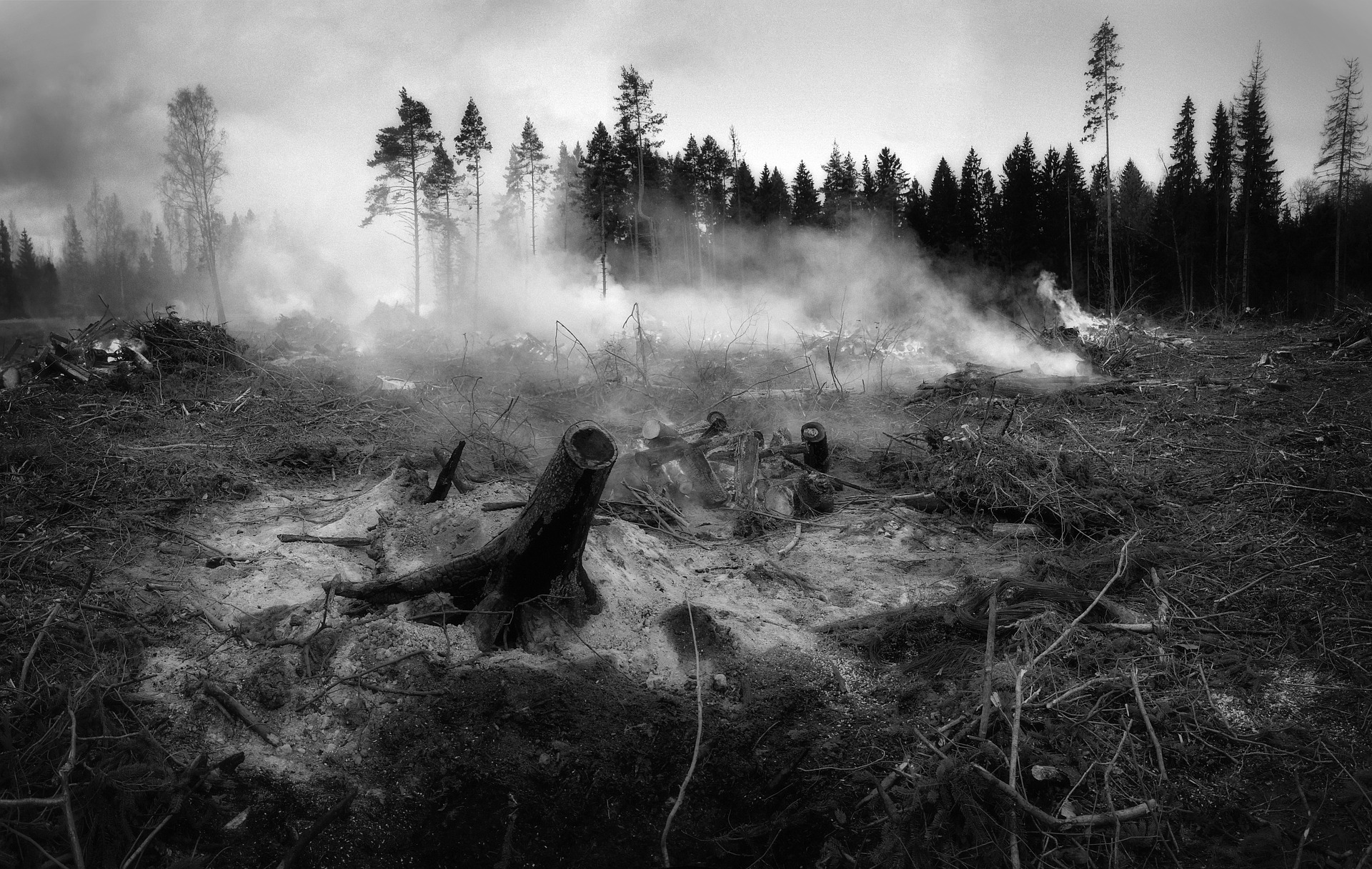Nicole Miller was a spring student with the HLS Food Law & Policy Clinic. She is a guest contributor on this blog.
In January 2022, the United States Forest Service, an agency of the U.S Department of Agriculture (“USDA”), released a wildfire crisis strategy report aimed at confronting the growing wildfire crisis. The report highlighted that the “size, duration and destructivity” of wildfires have grown over the past two decades, with more than ten million acres burning nationwide in 2020, 2017 and 2015.
This increase in wildfires is cause for concern due to damage incurred by the environment, the toll taken on human health, and the destruction of our forests. From an environmental standpoint, these wildfires have the impact of contributing to air pollution by releasing substantial amounts of carbon dioxide and carbon monoxide into the atmosphere. The harmful environmental effect of these wildfires on air quality results in severe human health implications, ranging from eye and respiratory irritation to reduced lung function, heart failure, and even premature death. Finally, these wildfires destroy forests, which play an important role in carbon sequestration and thus in climate change mitigation.
To develop solutions aimed at reducing the prevalence of these intense wildfires, and thus at mitigating environmental and health harms, it is critical to understand the root causes of the increasing frequency of these fires.
First, fuel load contributes to wildfire spread. Specifically, wildfires grow based on the fuel surrounding the fire, which includes “everything from trees, underbrush and dry grassy fields to homes.” When there is a significant amount of fuel in an area, a fire will burn more intensely and spread more quickly.
In addition to fuel load, the dramatic growth of wildfires in the last twenty years is attributed to climate change. Specifically, the burning of fossil fuel results in the release of carbon gases into the atmosphere. These carbon gases act as heat traps that gradually raise global temperatures over time. This increase in global temperatures then causes reduced snowfall and rainfall, along with increased high winds and hot, dry weather, particularly in the western United States. These warmer and drier conditions have resulted in the “extreme flammability of forest fuels,” and thus in “unprecedented fire sizes and rates of fire spread.”
Agricultural practices play a significant role in contributing to greenhouse gas emissions, and thus in aggravating climate change. Specifically, agriculture and forestry together accounted for approximately 10.5 percent of greenhouse gas emissions in the United States in 2018. Agriculture practices that contribute to greenhouse gas emissions include (1) livestock production that causes the emission of methane from animals and (2) fertilizer that is responsible for the emission of nitrous oxide from soil into the atmosphere. However, while these agricultural practices presently contribute to climate change, the agricultural industry has the potential to become a part of the solution by implementing more environmentally friendly and sustainable practices.
Four years ago, the 2018 Farm Bill implemented several policies aimed at addressing the wildfire threat. Specifically, the 2018 Farm Bill implemented new policies that altered how Congress appropriates funds for wildlife suppression purposes, added specific requirements for wildfire risk mapping, added reporting requirements for fires, and altered the hazardous fuel reduction programs.
While the 2018 Farm Bill aimed to reduce wildfire risk and prevalence, and while the measures taken in 2018 may take time to yield results, the increased frequency and intensity of the wildfires that have occurred nationwide over the last four years demonstrate that there is an opportunity to do more.
As such, the upcoming 2023 Farm Bill presents a critical opportunity to implement further conservation- and climate-based measures aimed at mitigating climate change to protect our forests from the wildfire crisis.
The views and opinions expressed on the FBLE Blog are those of the authors and do not necessarily reflect the official policy or position of FBLE. While we review posts for accuracy, we cannot guarantee the reliability and completeness of any legal analysis presented; posts on this Blog do not constitute legal advice. If you discover an error, please reach out to contact@farmbilllaw.org.


